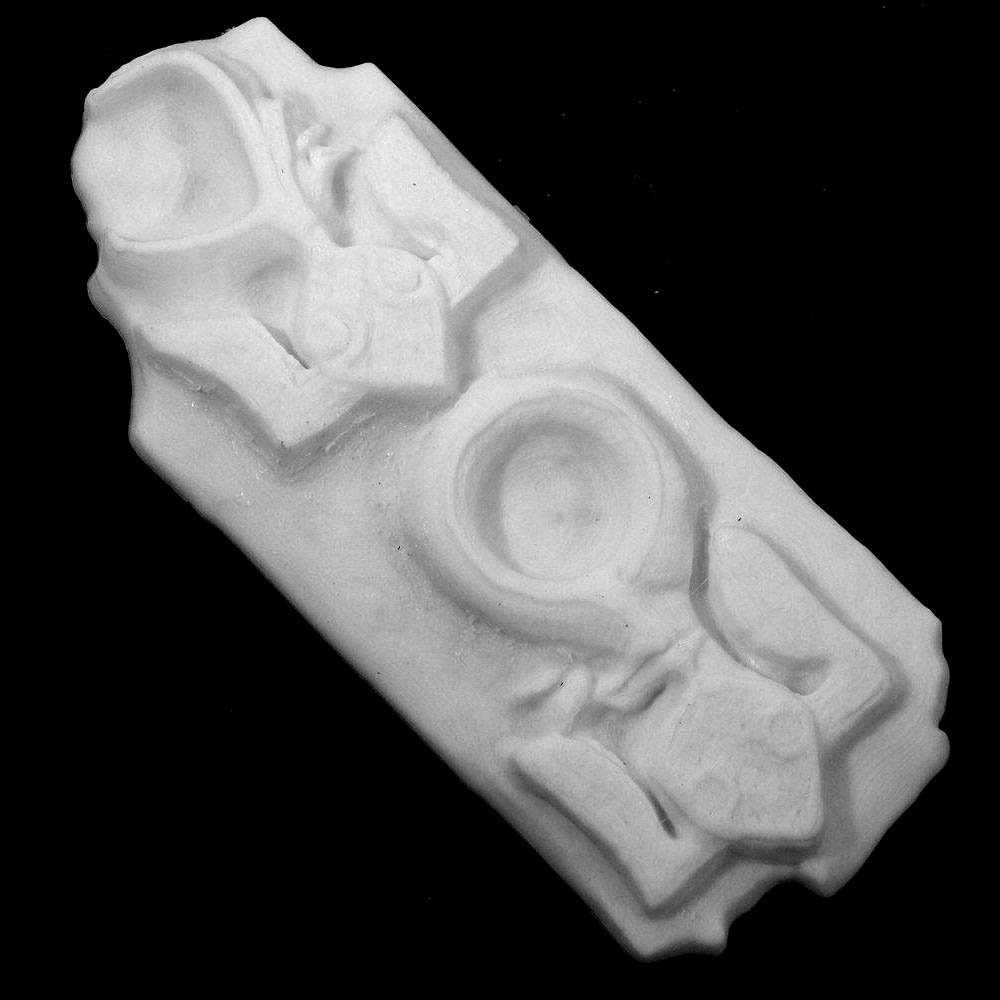
Benin Plaque at The British Museum, London
myminifactory
The Benin Bronzes comprise over a thousand commemorative metal plaques that adorned the royal palace of the Benin Kingdom in modern-day Nigeria. Collectively, these Bronzes represent the most renowned examples of Benin art, created by the Edo people from the thirteenth century, which also featured other sculptures in brass or bronze, including some celebrated portrait heads and smaller pieces. In 1897, a significant portion of the plaques was removed by the British during a punitive expedition to the area as imperial control was being consolidated in Southern Nigeria. Two hundred of the pieces were taken to the British Museum in London, while the rest were purchased by other European museums. Today, a substantial number are held by the British Museum. Other notable collections can be found in Germany and the United States. The Benin Bronzes led to an increased appreciation in Europe for African culture and art. Initially and naively, it seemed incredible to the discoverers that people "supposedly so primitive and savage" were responsible for such highly developed objects. Some even concluded that Benin knowledge of metallurgy came from the Portuguese traders who were in contact with Benin in the early modern period. However, today it is clear that the bronzes were made in Benin from an indigenous culture. Many of these dramatic sculptures date to the thirteenth century, centuries before contact with Portuguese traders, and a large part of the collection dates to the fifteenth and sixteenth centuries. It is believed that two "golden ages" in Benin metal workmanship occurred during the reigns of Esigie (fl. 1550) and of Eresoyen (1735-50), when their workmanship achieved its highest qualities. While the collection is known as the Benin Bronzes, like most West African "bronzes," the pieces are mostly made of brass of variable composition. There are also pieces made from mixtures of bronze and brass, wood, ceramic, and ivory, among other materials. The metal pieces were crafted using lost-wax casting and are considered among the finest sculptures created using this technique. This object is part of "Scan The World." Scan the World is a non-profit initiative introduced by MyMiniFactory, through which we are creating a digital archive of fully 3D printable sculptures, artworks, and landmarks from across the globe for the public to access for free. Scan the World is an open-source community effort; if you have interesting items around you and would like to contribute, email stw@myminifactory.com to learn how you can help. Scanned: Photogrammetry (Processed using Agisoft PhotoScan)
With this file you will be able to print Benin Plaque at The British Museum, London with your 3D printer. Click on the button and save the file on your computer to work, edit or customize your design. You can also find more 3D designs for printers on Benin Plaque at The British Museum, London.
